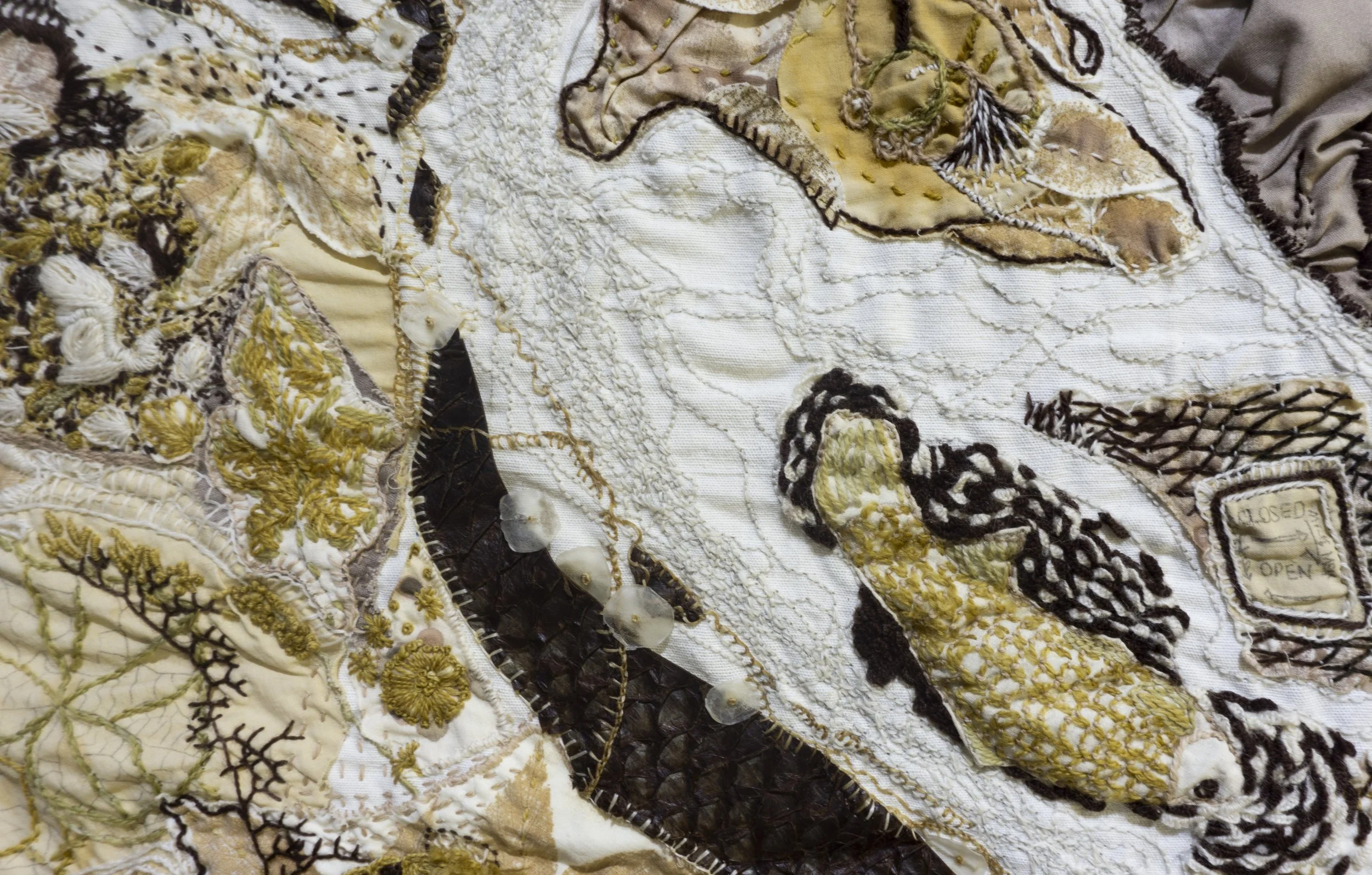
The Coves Collective
The Coves Collective is an ad hoc group of artists, educators, and activists dedicated to nurturing and protecting the Coves, an environmentally significant area in London, Ontario. We embrace a spirit of collaboration, direct action, and justice, celebrating the diverse narratives of this cherished community space. Our work reveals how the Coves Environmentally Significant Area is simultaneously a beloved community destination, a rich biodiverse habitat, a site of environmental degradation, and a space of resistance, imagination, and bold ecological visioning. e strive to build healthy, reciprocal relationships while engaging in meaningful place-based actions.
Join us as we explore, create, and cultivate our collective responsibility to the earth and each other. Past and current members of the Coves Collective include Michelle Wilson, Reilly Knowles, Paul Chartrand, Candace Dube, Brad Isaacs, Shawna Redskye, Kristin Bennett, Sheri Nault, and Deborah Dewbury.
Collective members’ works from unclaim. unsettle. belong at the McIntosh Gallery, 2024
Coves Collective Videos
Michelle Wilson and the Coves Collective Ensemble
A Confluence of Legacies, 2024, video of 40 min live performance (click image to view on YouTube)
Michelle Wilson
unclaim. unsettle belong, 2024, video (10:38)
Social Media
For information on upcoming workshops and actions, please follow the_Coves_Collective on Instagram




News
Workshops
The Coves Collective’s primary focus has been creating on-the-land learning experiences for our communities. These “workshops” have included:
Tracing CareFull Paths:
A community-produced textile map created by translating GPS data from guided walks into embroidery. Artist Reilly Knowles dyed the artwork's fabric and thread with plants harvested from the site. He presented his research through the Colourful Coves workshop, and Michelle Wilson led sewing circles using these materials at the Landon Library in London, Ontario.
This project was made possible through support from GardenShip and State’s SSHRC funding.
Colourful Coves:
This dye Workshop was led by artist Reilly Knowles who guided participants to learn on the Land about ethical harvests, identifying dye plants, and the unique history of the Coves. After a season of research, Reilly produced with community black walnut-dyed threads and fabric. Each participant took home some of the materials they produced; the remainder was used to produce a community-stitched map of the Coves.
This project was made possible through support from GardenShip and State’s SSHRC funding.
Clay in the Coves
Nishnaabe-Irish ceramic artist Shawna Redskye led participants to identify clay “in the wild,” learn about harvesting and processing clay and then make their own bowl with clay from the Coves. Shawna asked that participants acknowledge our non-human relatives that we visited during our time there. She asked that each of us show up to that place with reverence, respect and presence with them. What unfolded was a meditative and joyful connection to place.
This project was made possible through support from GardenShip and State’s SSHRC funding.
SOS
This oval of goldenrod with a cairn of broken concrete in the centre is a living phytoremediation artwork, a project that uses plants to clean up contaminated environments. The goldenrod is removing lead contamination from the soil. This ongoing project can be accessed through holes in the perimeter fence: the easiest to find is next to a sign that says “closed →open ←.” Watch out for open storm drains, metal, and broken concrete. We encourage you to bring water as an offering to the goldenrod for all it does to heal this inhospitable place. Please leave a stone or chunk of concrete on the cairn to mark your presence.
This project was made possible through support from GardenShip and State’s SSHRC funding.
Carp Fishing
As recently as the 1920s and 30s, the ponds that circle this land still flowed with water from the Deshkan Ziibi. They were so clear and clean that settlers set up ice-harvesting businesses on their banks. Now the only water that flows into them is runoff from streets and neighbourhoods, kicking the natural sedimentation process into overdrive. The water has become nearly opaque in places.
In the spring of 1970, almost all the fish in the East Pond died. We now know that water contaminated with Xylene was carried by clay tile out to the ponds beyond the orchard: In 1973, an environmental survey found that just over 2 million gallons of contaminated water reached what was described back then as a sewage lagoon. In winter you can still see fish swarming around the warmer inflow of water where the factory’s disposal system empties into the South Pond.
Today there are thriving populations of turtles and Common Carp. The carp, a non-native giant in these small waterways, stir up the silt, keeping sunlight from penetrating the water and aquatic vegetation from taking root. Their large scales reflect bright sunlight as their golden heads break the surface of this low-oxygen water to gulp the air. Most of these carp are too big to be prey for the herons and egrets who have returned to nest on these banks. So, as the Coves Collective, we have tried to establish better relations with this Land by harvesting carp. We honour their lives by eating their flesh (when it is safe), tanning their hides and transforming their scales into sequins. Carp leather and scales have been worked into the Tracing CareFull Paths map, marking the waters they call home.
This project was made possible through support from GardenShip and State’s SSHRC funding.





























